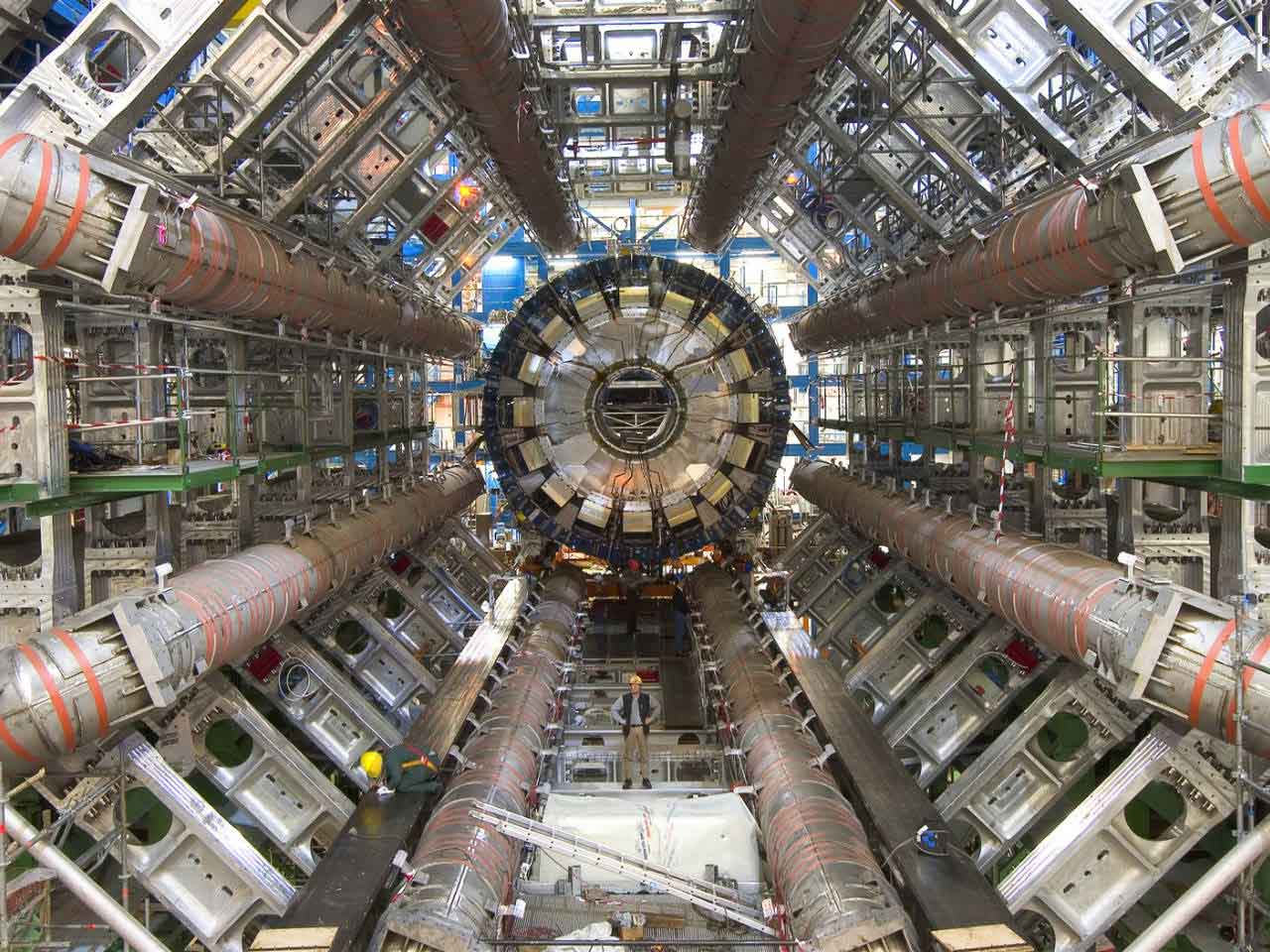Ceramics for Particle Accelerators
There are many designs and sizes of particle accelerator. Their primary purpose is to generate and propel particles in a confined beam. Most systems operate in vacuum and use electromagnetic fields to steer the beams either to cause collisions between particles or on to a selected target.
The use of technical ceramics in ultra high vacuum providing electrical insulation without being affected by electromagnetic fields is key in these experiments.
The European Organization for Nuclear Research (French: Organisation européenne pour la recherche nucléaire), known as CERN (/sɜːrn/; French pronunciation: [sɛʁn]; derived from the name Conseil européen pour la recherche nucléaire), is a European research organization that operates the largest particle physics laboratory in the world.
There are many designs and sizes of particle accelerator. Their primary purpose is to generate and propel particles in a confined beam. Most systems operate in vacuum and use electromagnetic fields to steer the beams either to cause collisions between particles or on to a selected target. The use of technical ceramics in ultra high vacuum providing electrical insulation without being affected by electromagnetic fields is key in these experiments The European Organization for Nuclear Research (French: Organisation européenne pour la recherche nucléaire), known as CERN (/sɜːrn/; French pronunciation: [sɛʁn]; derived from the name Conseil européen pour la recherche nucléaire), is a
European research organization that operates the largest particle physics laboratory in the world (right)Established in 1954, the organization is based in a northwest suburb of Geneva on the Franco–Swiss border and has 23 member states.
CERN’s main function is to provide the particle accelerators and other infrastructure needed for high-energy physics research – as a result, numerous experiments have been constructed at CERN through international collaborations. The main site at Meyrin hosts a large computing facility, which is primarily used to store and analyse data from experiments, as well as simulate events. Researchers need remote access to these facilities, so the lab has historically been a major wide area network hub.

